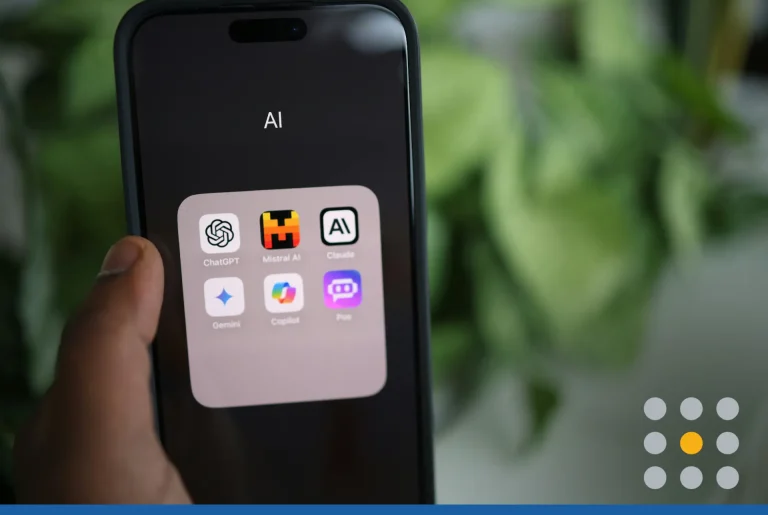Every small business owner dreams of inventing a perfect marketing plan that can attract new customers like a magnet. But customer acquisition isn’t a one-time hurdle you can check off your to-do list.
It takes patience, flexibility, and nonstop research to find creative ways to reach new audiences. Creating a focused brand strategy is the best way to get out of a marketing rut. A strong brand vision can help you audit your marketing efforts, spot opportunities, and grow your business more efficiently.
Know one thing before you start. You are your greatest marketing asset. Your goals, ideas, and passions are the fuel powering your business. This brand authenticity should come through when you interact with people.
Instead of waiting for customers to find you, build a strong presence to draw in your target audience. Discover how to get more customers and take your business to the next level with these smart marketing techniques.
1. Update Your Most Popular Blog Posts
For now, organic search is still the most effective way to get noticed online. But complacency is your enemy when it comes to SEO. Search trends constantly fluctuate, and you can’t rely on guesswork to stay on top of these changes. Without concrete data, you’ll never know which blog posts are really bringing in the most traffic.
Make it a priority to check the performance of your blog posts on a regular basis. Use a data analytics tool, enhanced by data connectors, to find the most frequently visited posts and keyword phrases that lead people to your site. Then, refresh your high-performing posts with the most relevant, up-to-date keywords and industry insight.
SEO Consultant Laura Lynch once reported a 142 percent increase in organic traffic over a six-month period after updating 30 posts for the Make Traffic Happen blog. Reworking old posts is less time-consuming than writing new posts while keeping your blog at the top of search results.
2. Host a Focus Group
The more you arm yourself with information, the easier it is to develop quality services that keep people coming back. While loyal shoppers already like your business, there may be small improvements you can make to enhance the customer experience even more.
Set up a focus group, so you can get know to customers better and understand what motivates their buying decisions. What do your customers value? Where do they work and live? How do they spend their free time? What makes them feel appreciated?
Go a step further, and host a paid focus group for people who aren’t customers. You can ask current customers to refer friends who might be a good fit for your services.
Use group discussions and questionnaires to identify factors that discourage people from giving your business a try. The goal isn’t to please everyone, but to find gaps in the customer experience and good submarkets to pursue.
3. Create an Exclusive Introductory Offer
Come up with an introductory event or offer that’s incredibly hard to ignore. The trick is to limit who you target and provide benefits tailored to this exclusive group of customers.
Again, you can tap into your existing customer base for referrals and reward clients for bringing you quality leads. Use whatever customer research you’ve collected to design a unique experience that shows your dedication to improving the lives of your customers.
But keep in mind, you don’t always need discounts to promote your business. Thought leaders such as Neil Patel and Carol Tice often hold webinars to give their audience actionable advice for accomplishing key goals. The product pitch comes at the end, after they have demonstrated value and established trust.
4. Build Clout Through Host Partnerships
Just like any other social situation, influential business relationships can increase your status. Gain exposure by pairing up with companies that are more popular or established than your business.
Seek out noncompetitors who share your target audience and offer a promotional gift to their customers. The affiliate acts as a host, providing value to their customers at no cost. In the meantime, you quickly gain new customers by piggybacking on the reputation of an influential brand.
Affiliates don’t even have to be in a similar industry. A high-end clothing startup once partnered with BMW after researching the socio-economic traits of core customers. The boutique gave out free silk kimonos to female customers of BMW, and simply required them to claim the gift in-store.
While retailing at $100, the kimonos only cost the boutique $16 to produce. More importantly, the boutique attracted 600 new customers who spent an average of $400 when they visited the store. The key is to create conditions that motivate customers to further explore your services.
5. Offer Case Studies to Bloggers
Real-world data and business stories are assets you can leverage to get more online mentions. Do a quick search for any topic, and you quickly see how frequently information gets recycled on the internet.
Bloggers are always looking for ways to stand out with original content that builds credibility. Reach out to bloggers in your industry to offer up research or case studies you’ve completed for your business.
Make sure you stick to bloggers who are not your competitors. Many of these professionals are just as eager to find fresh story angles but don’t have the time or resources to conduct studies. You’re making their lives easier by providing social proof to back up their content.
6. Get Overflow Work From Agencies
Big companies often have a different target market than your business. Use this tiered marketplace to your advantage to get access to clients who would normally be out of your reach.
When large firms and agencies have too much work to handle in-house, they hand off projects to smaller businesses. This could involve referring your business outright or contracting the project on a client’s behalf.
In either scenario, you can snag more business by making yourself available to agencies. Send a letter of introduction with a business card, so agencies immediately think of you the next time they have overflow work.
7. Create a Routine Branded Event
Giving people something to look forward to is a simple tactic to increase sales (and customers). A shortened timeframe encourages people to act fast, and branding your event adds word-of-mouth appeal.
For example, many successful food establishments use weekly specials or themed days to boost traffic. Customers look forward to enjoying a special menu once a week. They see it as a personal indulgence and spend more because availability is limited.
Create an event that features a unique brand experience or benefit customers can’t get every day. Take a lesson from SEO marketing startup Moz. The company created Whiteboard Fridays, a weekly video series that covers trending marketing topics. Followers look forward to getting free expert tips that they can immediately put to work in their own SEO strategy.
A good small business marketing plan is always evolving. Ditch strategies that aren’t working, and use customer feedback to develop distinct selling points that set you apart. As you learn more about your customers, you gain more opportunities to exceed expectations and build lasting loyalty.
Ready to start branding your business? Beyond these 7 tips, don’t forget business cards, a website, and promotional products.



